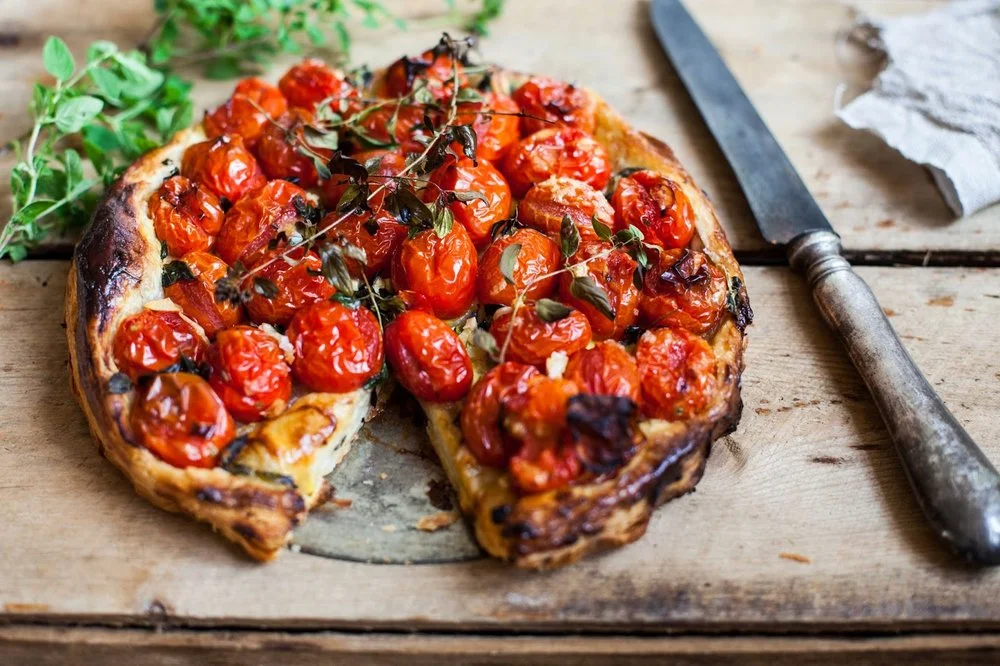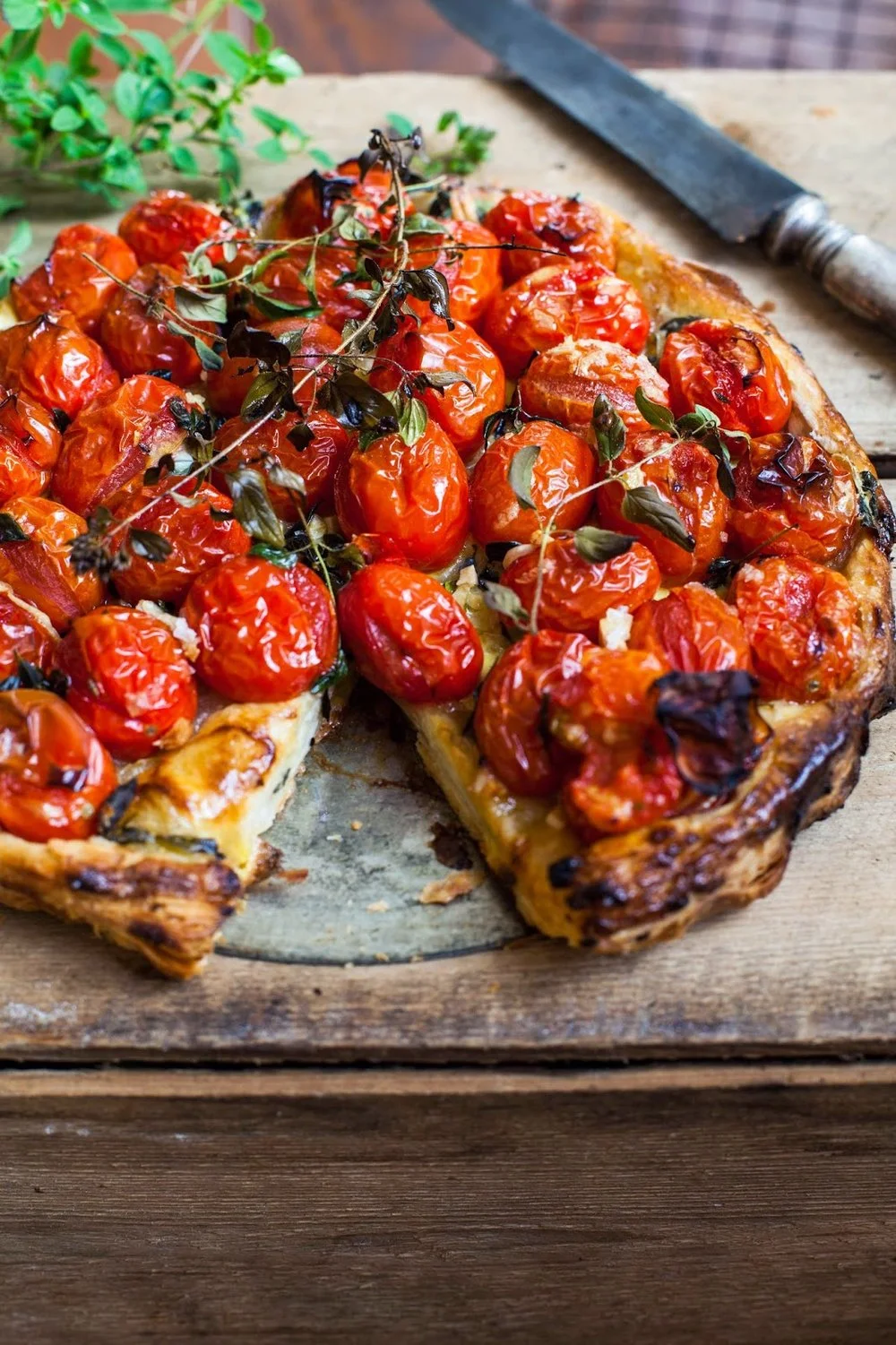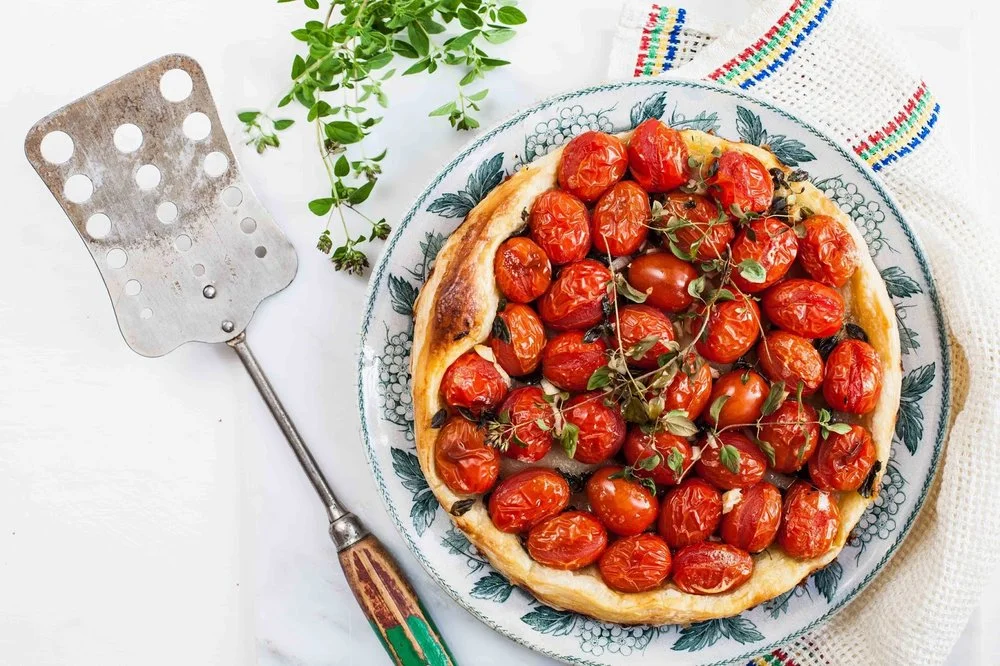At seven years old most children will spend their summer holidays watching TV or playing computer games. Not Amelia Hirst. She will be busy producing veg on her own allotment.
It is late afternoon and I am at Derby Road allotments, Laisterdyke, on the outskirts of Bradford to meet seven-year-old Amelia Hirst on her very own allotment. Amelia is one of the youngest allotment holders in the UK.
Amelia is petite, quietly spoken and looks totally at ease pushing a wheelbarrow. She has been helping her dad, Paul Hirst, a software developer, on his allotment since she was two years old. Paul used to take her with him to give his wife, Beth time to set up her couture hat business.
Something about Amelia’s experience at the allotment captivated her interest and, five years on, she asked her dad if she could have an allotment of her own.
“I didn’t take her seriously at first but she asked again so my wife and I decided we would let her go ahead when the adjoining plot came up. Legally I had to sign the paperwork but the allotment is hers to look after,” says Paul.
Amelia took possession of her allotment last May and it is about the size of a double tennis court.
“We had to cut back the weeds so we could make the first raised beds for my vegetables. Next year I am hoping to grow flowers and I really want a green house to grow more tomatoes,” Amelia tells me.
She described how things work between her and her dad on the allotment.“He does the digging and I do the planting.” She also helps her dad with the building work. “We are building a fence around Amelia’s allotment and she helps me to measure the wood before I cut it. Her maths is quite good,” says Paul.
Amelia takes me on a guided tour of the two allotments. “Here are the vegetables I am growing for Christmas dinner,” she says as she guides me passed neat rows of swedes, onions, Brussels sprouts, potatoes, carrots and parsnips. “Last year she helped to grow 25kg potatoes which lasted the family through to April and she grows up to nine vegetables for our family Sunday dinner,” says Paul.
As we chat about what she grows, I can’t resist testing Amelia’s horticultural knowledge. She seems so confident. “So when is the best time to harvest parsnips?” I quiz. She fires the answer straight back: “Parsnips taste sweeter if they’re left in the ground until after they have had some frost.”
I have another go. “What exactly is your cold frame for, Amelia?” I ask as we skirt round a well constructed cold frame full of young butternut squash plants. “It keeps the young plants warm and protects them from the bad weather early in the season.” Her answers are spot on.
As well as traditional vegetables, Amelia grows rainbow chard, beetroot and different coloured carrots. The most unusual thing she is growing is a goji berry bush which was not doing very well on the patio at home so she brought it to the allotment where it seems to be thriving. “It has produced a few berries,” she tells me.
Amelia spends most Saturdays and two or three evenings a week at the site keeping on top of all the jobs that have to be done. Thursday she takes an evening off to learn karate.
“If it pours with rain we go inside the shed and I have plenty of indoor work to be getting on with. I collect seeds to dry for next year. At the moment I am taking the onion seeds from the flowering heads and storing them. They will form next year’s crop,” she tells me. These are painstaking jobs for anyone. I am seriously impressed.
Amelia attends Valley View Community Primary School, Rodley, near Bradford. What do her school chums think of her spending so much time on her allotment?
“Most of her school mates spend their free time playing games on their Xbox. Very few of them spend much time outside and they don’t really understand what she is up to. Her school has been very supportive of her interest and they are brilliant at getting her to share her experience through her school work.
“She is always writing about her allotment,” says her dad.
“Amelia plans what to do with the produce from her plot carefully. She goes to bed with her favourite book The Allotment Seasonal Planner & Cookbook, from welly to belly by Andi Clevely and makes lists of what she wants to cook.”She even has her own Twitter account: @WhatAmeliaDid.
She is not short of ideas of what to cook. Strings of jewel-like red currants are made into a jam spiced with cinnamon and allspice. Blackcurrants are made into her version of Eton Mess and sweetcorn is eaten dripping with butter, salt and chilli.
I asked Amelia’s dad what he thought was the benefit of Amelia’s interest in growing fruit and vegetables.
“For one thing, she is never ill. She is a very healthy, happy child. And she learns so much from the other people who work on their allotments.Last week she even helped to rescue some baby hedgehogs.
It is a wonderful environment for her to grow up in and it hardly costs us anything.”
Amelia’s tips for children gardening and cooking:
- Wear gloves when you are peeling potatoes and carrots. They protect hands from being cut if the peeler slips.
- Wrap broad beans in foil with butter, pepper and salt and cook on the barbecue five minutes. We also barbecue rhubarb in the same way but with a bit of golden syrup.
- Try roasting cauliflower, brushed with oil at 200°C rather than boiling. It tastes better
The recipe for a simple tomato tart below is inspired by Amelia and is timely because tomatoes are just beginning to ripen on the vine in the UK. I have used marjoram from the garden because I have loads but you could use parsley or basil. If I had had more time I would have made the pastry but as this is a simple recipe that even young children can make I haven't. The trick to making something which involves a shop bought ingredient is to flavour it boldly and to cook it well.
Easy tomato and herb tart
This is the simplest recipe for children to make and is a great way of using up a glut of tomatoes.
Serves 4
Ingredients
- 250g ready made puff pastry
- 300g cherry tomatoes or sliced large tomatoes
- 2 cloves garlic, chopped
- 1 tsp dried oregano
- sea salt and freshly ground black pepper
- 4 or 5 sprigs of fresh marjoram to garnish (optional)
- 1 egg beaten together with a splash of milk
- grated Parmesan or other cheese to serve
Method
Preheat the oven to 200°C/Gas 6. Roll the pastry into a circle approximately 20cm across and 1/2cm thick. Lay the pastry in a flan case 20cm in diameter. If you are using cherry tomatoes prick the skin of each tomato and place it in the pastry lining the baking tin. Make sure the tomatoes are fitting close to each other. If you are using large tomatoes, slice them thinly and place them over the base of the flan. Sprinkle with garlic and dried oregano, and season well. Brush a little of the egg and milk over the edges of the pastry and place the flan in the oven and cook for 30 minutes. About half way through the cooking time check the flan is cooking evenly. If it is beginning to scorch in one place turn it around. Remove the flan from the oven and sprinkle with grated Parmesan cheese.




